12 Super Spreader Plants That Crowd Out Weeds Naturally
If you’re looking for natural ways to keep weeds at bay in your garden, fast-spreading plants are a great solution. These plants quickly cover the ground, blocking sunlight and preventing weed seeds from germinating. Not only do they create a thick mat that smothers unwanted plants, but they also compete for water and nutrients, making it harder for weeds to take over. Whether you need ground cover for sunny or shady spots, these plants provide effective, low-maintenance protection against weeds.
This post may contain affiliate links, which helps keep this content free. Please read our disclosure for more info.
Creeping Jenny (Lysimachia nummularia)
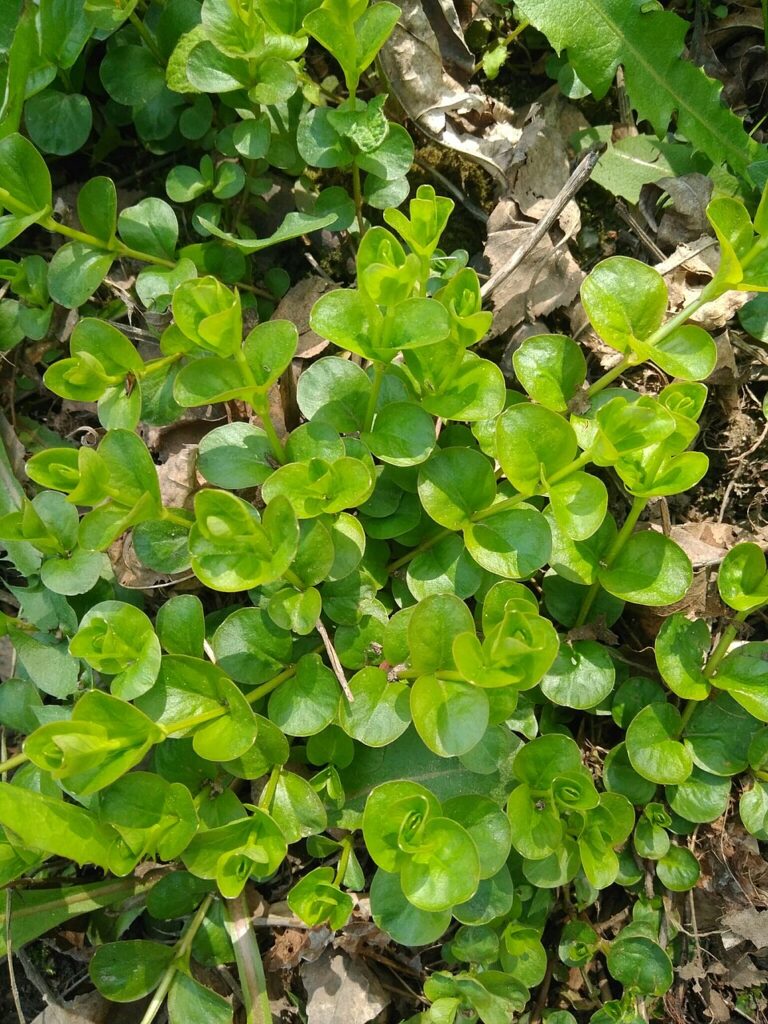
Creeping Jenny is a fast-growing ground cover that spreads quickly, forming a thick carpet of bright green or golden leaves. This plant is perfect for filling in garden gaps, as its aggressive growth habit allows it to cover large areas quickly. By creating a dense mat, it blocks sunlight from reaching the soil beneath, which prevents weed seeds from germinating. Additionally, the plant’s spreading nature means that it competes with weeds for valuable resources like water, nutrients, and space, making it harder for unwanted plants to establish themselves.
Creeping Jenny thrives in moist, partially shaded to full-sun areas, making it ideal for a variety of garden conditions. It is particularly useful for controlling weeds in garden beds, along pathways, or in shaded woodland gardens where weed growth can be a challenge. With its low maintenance and ability to thrive in different soil types, Creeping Jenny provides both aesthetic and practical benefits for weed control.
English Ivy (Hedera helix)
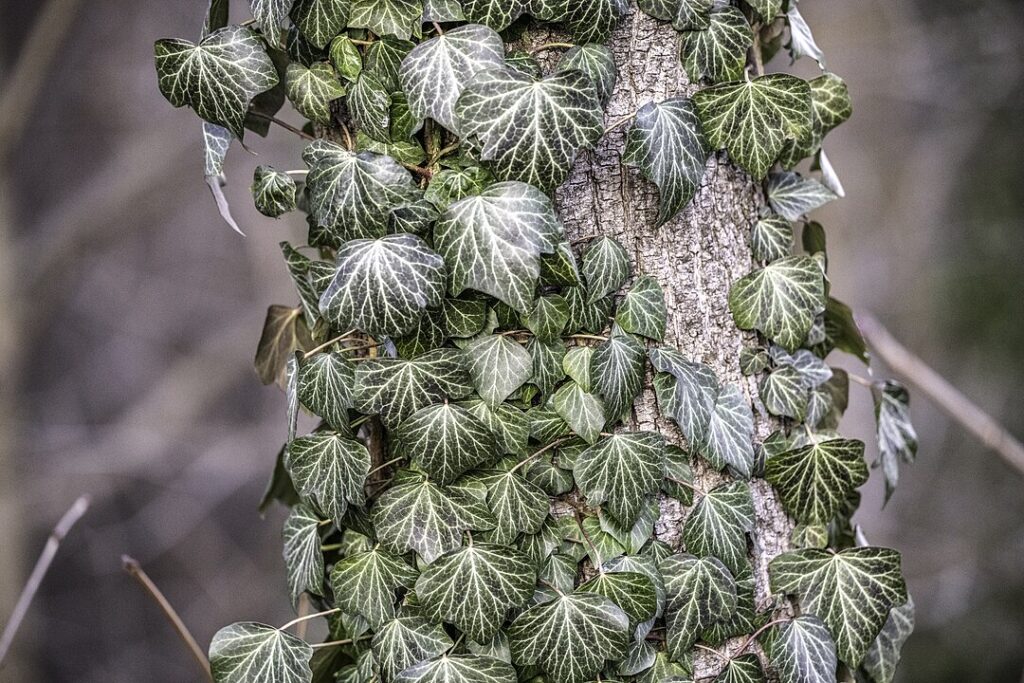
English Ivy is a vigorous and fast-growing ground cover that forms a dense, evergreen carpet. Its large leaves remain on the plant year-round, offering continuous coverage, which effectively suppresses weed growth by blocking sunlight from reaching the soil. This helps prevent the germination of weeds, creating a natural barrier that makes it difficult for unwanted plants to thrive. Ivy’s ability to spread quickly means it outcompetes other plants for essential resources like water and nutrients.
While English Ivy is an excellent weed suppressor, it is important to monitor its growth, as it can become invasive in some areas. In situations where it is contained, it provides long-term protection from weeds and thrives in a variety of soil types, making it a reliable solution for low-maintenance landscaping.
Creeping Thyme (Thymus serpyllum)
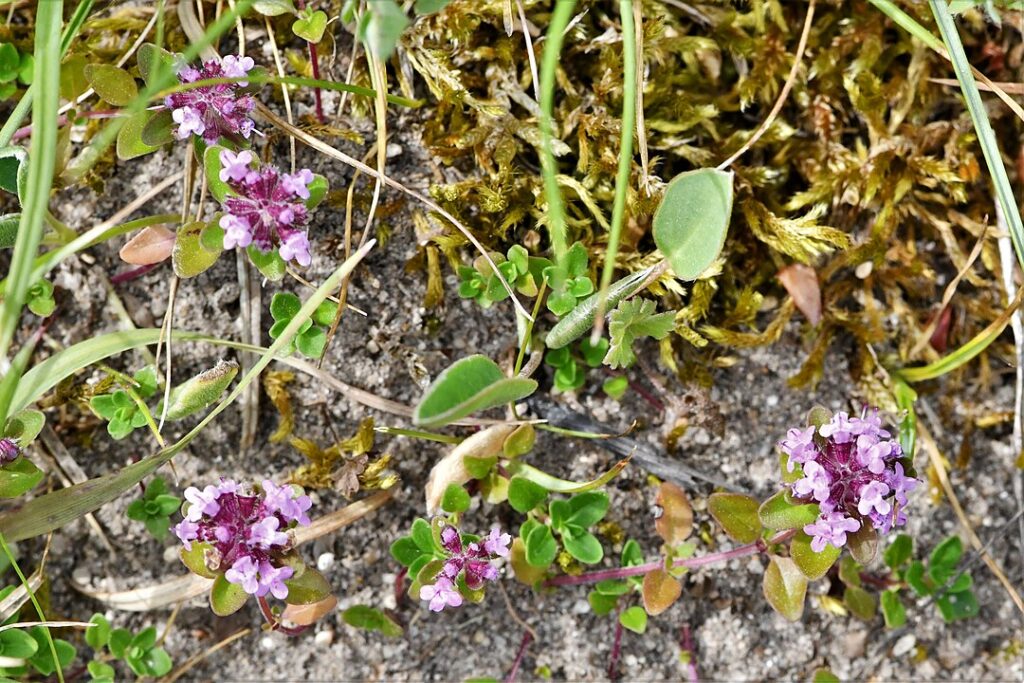
Creeping thyme is a low-growing herb that spreads quickly to form a dense mat of fragrant, tiny leaves. It is an effective natural weed suppressant because it creates a thick layer that blocks sunlight, preventing weeds from germinating. The plant’s ability to thrive in poor soil conditions makes it a practical choice for areas where weeds typically flourish. As the creeping thyme spreads, it competes with weeds for space, water, and nutrients, making it harder for them to grow.
In addition to its weed-suppressing qualities, Creeping Thyme also adds a delightful fragrance and vibrant flowers to the garden. Its drought tolerance and resilience to foot traffic make it a great option for walkways, between stepping stones, or in rock gardens, where it effectively keeps weeds at bay while offering aesthetic value.
Ground Morning Glory (Convolvulus sabatius)

Ground morning glory is a fast-growing, sprawling plant that produces a thick mat of leaves and vibrant blue flowers. As it spreads, it forms a dense layer that blocks sunlight from reaching the soil, which suppresses the growth of weeds. The plant’s rapid growth and dense foliage also allow it to outcompete weeds for water and nutrients, ensuring they struggle to establish themselves. Ground morning glory thrives in full sun and well-drained soil, making it ideal for areas where weed growth is a problem.
This plant is especially effective in gardens where weeds tend to thrive, as it quickly covers the ground and provides lasting protection against weed encroachment. The beautiful blooms of Ground Morning Glory are a bonus, making it both a practical and ornamental addition to any landscape.
Sweet Woodruff (Galium odoratum)
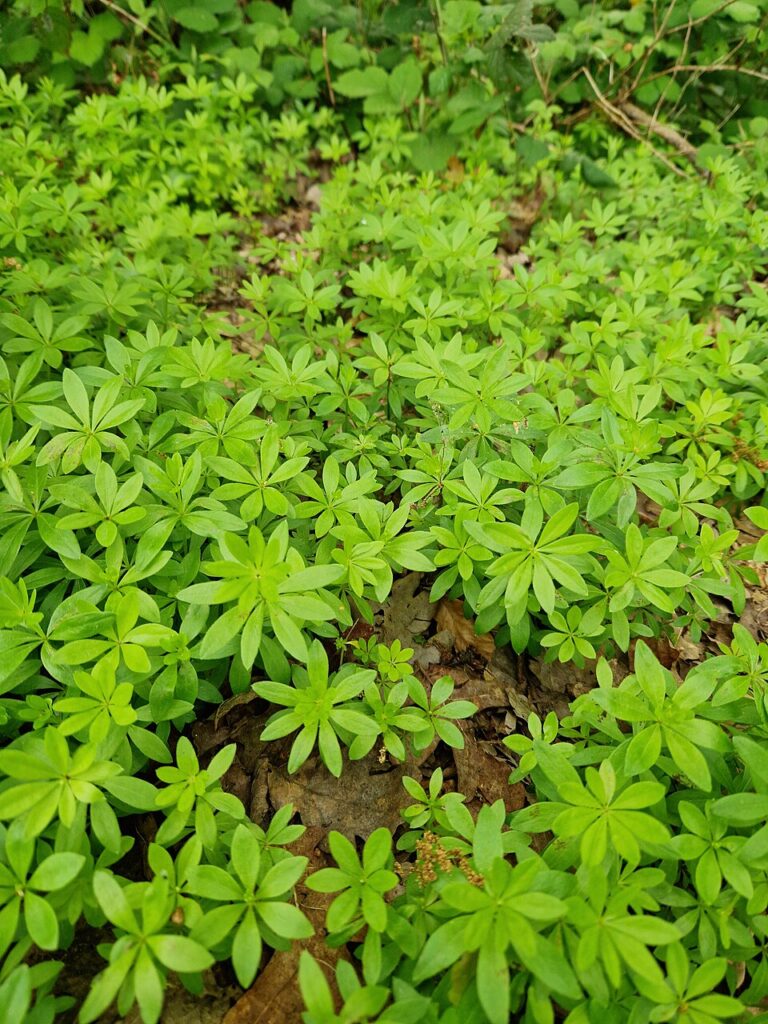
Sweet Woodruff is a low-growing perennial that forms a dense carpet of small, fragrant leaves, making it an excellent choice for weed control. As it spreads, it effectively blocks sunlight, preventing weed seeds from germinating beneath its foliage. Its thick growth also competes with weeds for moisture and nutrients, helping to keep them from establishing themselves in the soil. Sweet Woodruff thrives in shady areas, particularly in woodlands and beneath trees, where weeds often have an advantage due to the limited sunlight.
In addition to its weed-suppressing qualities, Sweet Woodruff is known for its sweet fragrance and delicate white flowers in spring. It is an excellent choice for low-maintenance landscapes, offering both functional and aesthetic benefits. Its ability to thrive in a variety of soil types and its minimal care requirements make it a popular choice for gardeners seeking natural ways to control weeds in shaded spaces.
Mint (Mentha spp.)
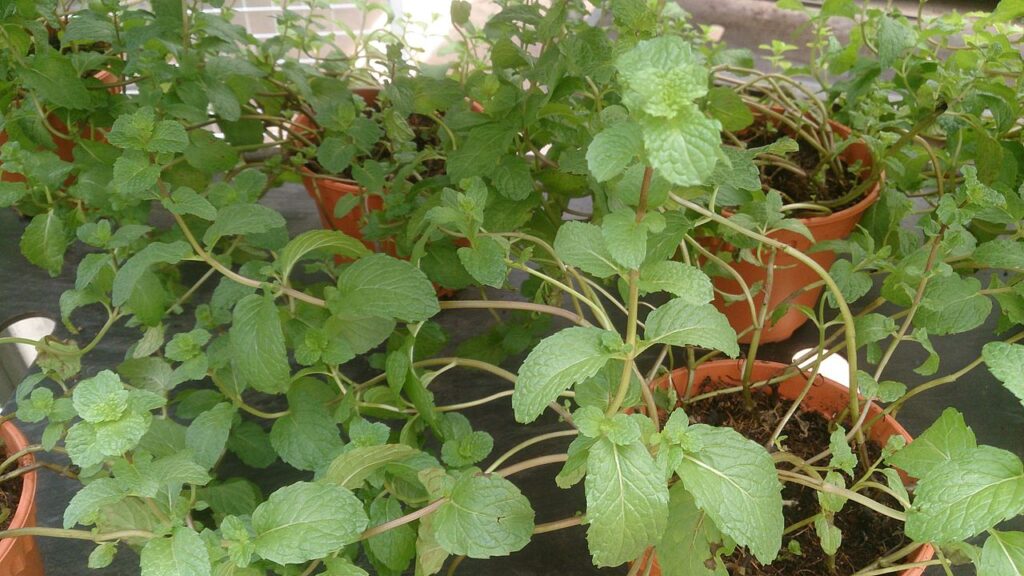
Mint is a fast-growing herb that spreads aggressively, forming a dense mat of leaves that blocks sunlight and inhibits weed growth. This sprawling plant quickly covers the soil, preventing weeds from sprouting by blocking light from reaching the soil. In addition to its weed-suppressing qualities, mint’s strong fragrance helps deter some pests, making it an excellent choice for organic gardens. The dense foliage competes with weeds for essential resources like water, nutrients, and space, further reducing the chances of weed establishment.
Mint thrives in moist, well-drained soil and can adapt to a variety of climates, making it a versatile and effective ground cover. However, it is important to contain mint in a specific area, as it can become invasive if left unchecked. Planting it in containers or using barriers to control its spread can ensure that it remains a beneficial weed control solution in your garden.
Creeping Myrtle (Vinca minor)
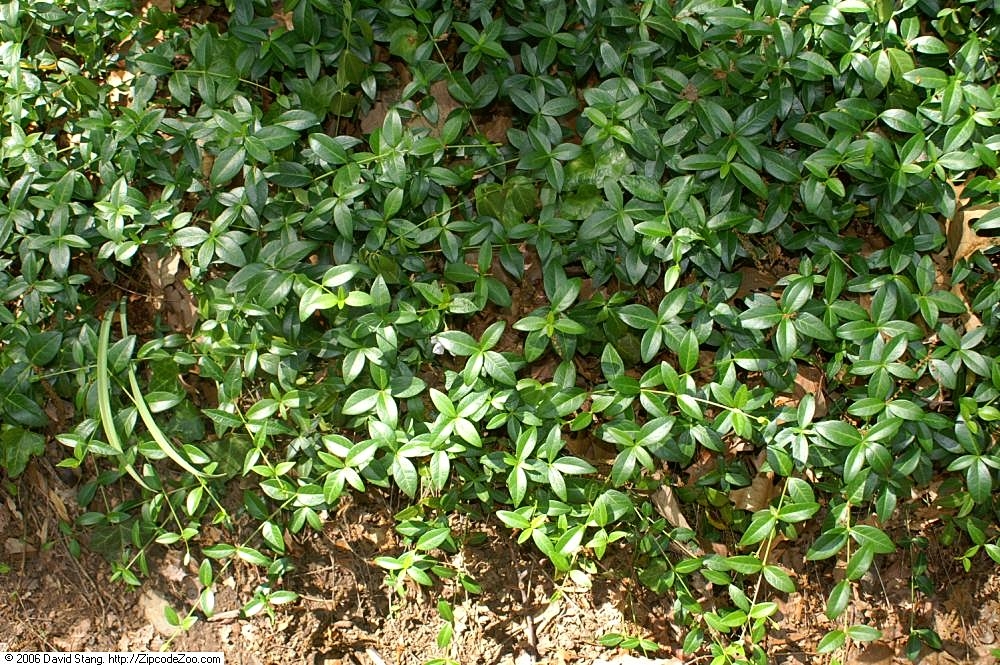
Creeping myrtle, also known as periwinkle, is a hardy, fast-growing ground cover with attractive evergreen leaves. It forms a thick mat that blocks sunlight from reaching the soil beneath, preventing the growth of weeds. As it spreads, it competes with weeds for valuable resources, making it harder for unwanted plants to thrive. Creeping myrtle is particularly effective in shady areas, where weeds tend to grow more aggressively due to limited light.
This low-maintenance plant is ideal for creating weed-free zones beneath trees or in areas with poor sunlight. Its ability to thrive in a range of soil types and its year-round foliage make it a practical and reliable solution for keeping weeds at bay in difficult-to-grow areas.
Ajuga (Ajuga reptans)
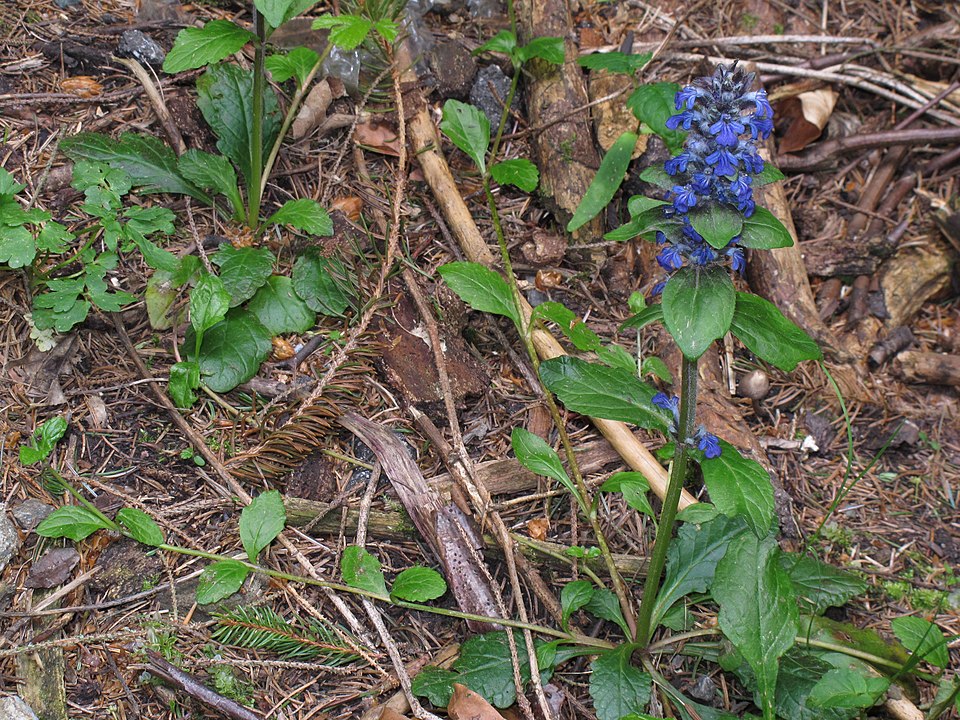
Ajuga, also known as bugleweed, is a fast-growing perennial that forms a dense carpet of foliage, effectively suppressing weed growth. Its thick leaves and striking purple flowers spread rapidly, preventing sunlight from reaching the soil and limiting the germination of weeds. Ajuga is particularly effective in both sunny and shaded areas, making it a versatile ground cover for various garden types. Its spreading nature means it competes with weeds for water, nutrients, and space, helping to reduce their presence.
Ajuga is also drought-tolerant once established and requires minimal maintenance, making it an excellent low-maintenance option for weed control. With its vibrant flowers and dense foliage, it provides both aesthetic appeal and functional benefits in the garden, keeping weeds under control naturally.
Sedum (Sedum spp.)
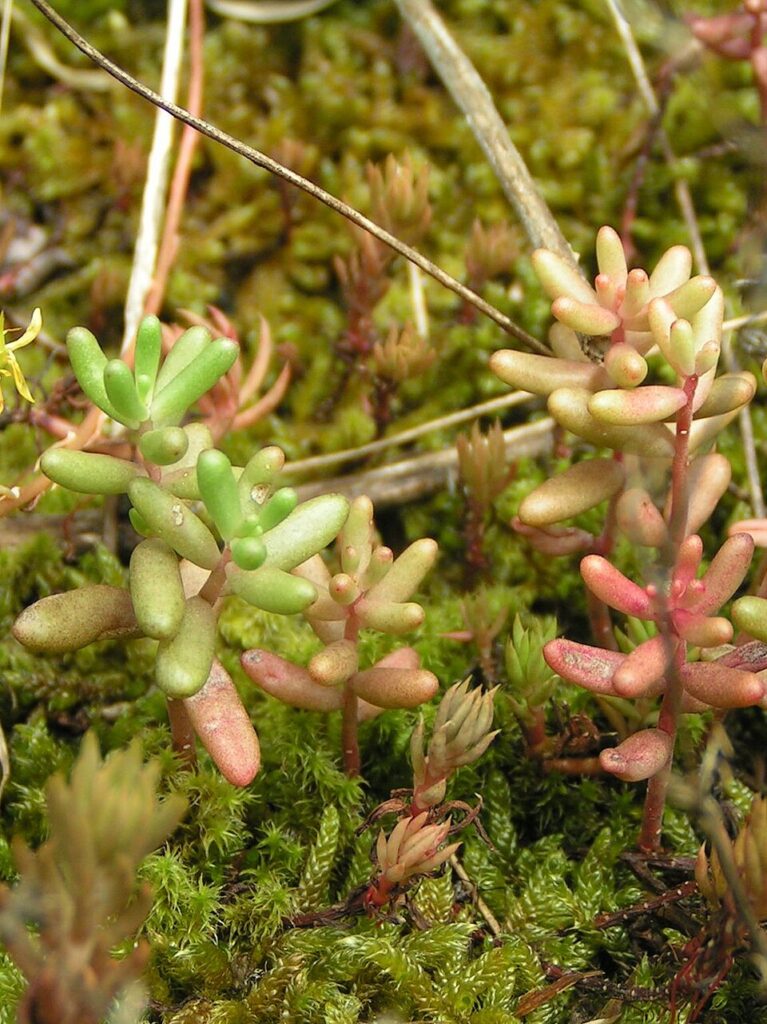
Sedum, or stonecrop, is a low-growing succulent plant that spreads quickly to form a dense, weed-suppressing mat. Its thick, fleshy leaves quickly cover the ground, blocking sunlight and preventing weeds from taking root. Sedum thrives in dry, well-drained soil, making it a perfect choice for areas where weeds may otherwise dominate, such as rocky gardens or xeriscapes. The plant’s ability to survive in poor soil conditions further contributes to its effectiveness in suppressing weeds in challenging environments.
Sedum’s low-maintenance nature and drought tolerance make it an ideal option for areas where water conservation is a priority. It also attracts pollinators like bees and butterflies, adding ecological value to the garden while simultaneously keeping weeds in check.
Creeping Juniper (Juniperus horizontalis)
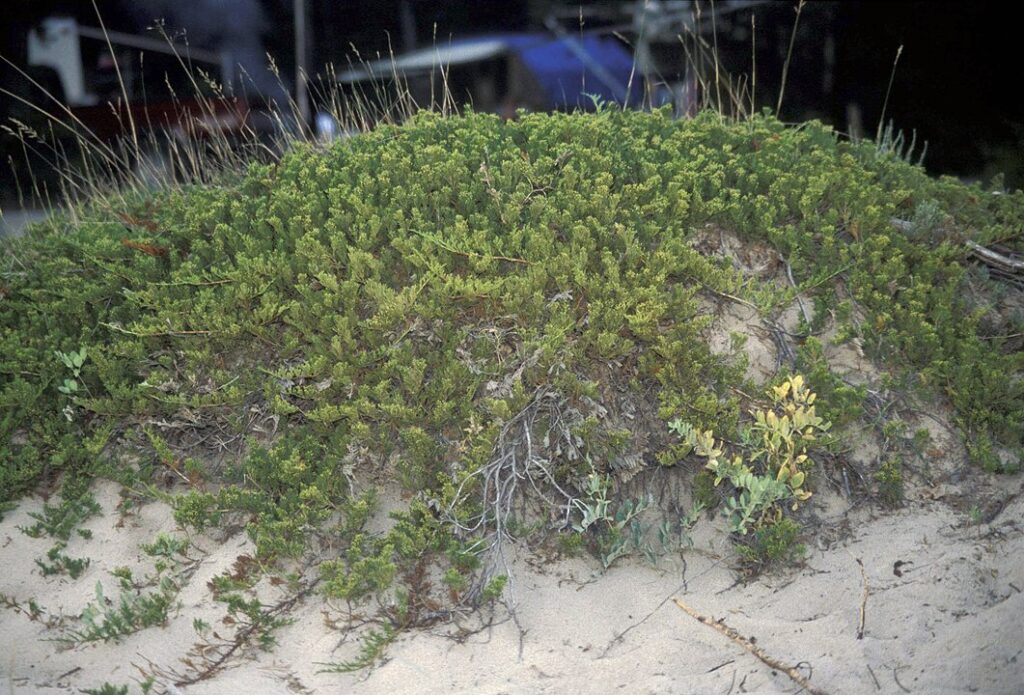
Creeping juniper is a fast-growing evergreen ground cover that spreads to form a dense mat of foliage. Its low, sprawling growth habit allows it to cover the soil quickly, blocking sunlight and preventing weeds from growing beneath it. Creeping juniper thrives in full sun and well-drained soil, making it an excellent choice for dry, rocky gardens where weeds tend to take hold. Once established, this plant requires little care and provides year-round coverage, keeping weeds at bay naturally.
Creeping juniper is resistant to drought, making it a practical choice for xeriscaping and low-maintenance landscapes. Its ability to form a thick carpet of evergreen leaves ensures that weeds struggle to establish themselves, providing long-term protection against unwanted plants.
Bergenia (Bergenia spp.)
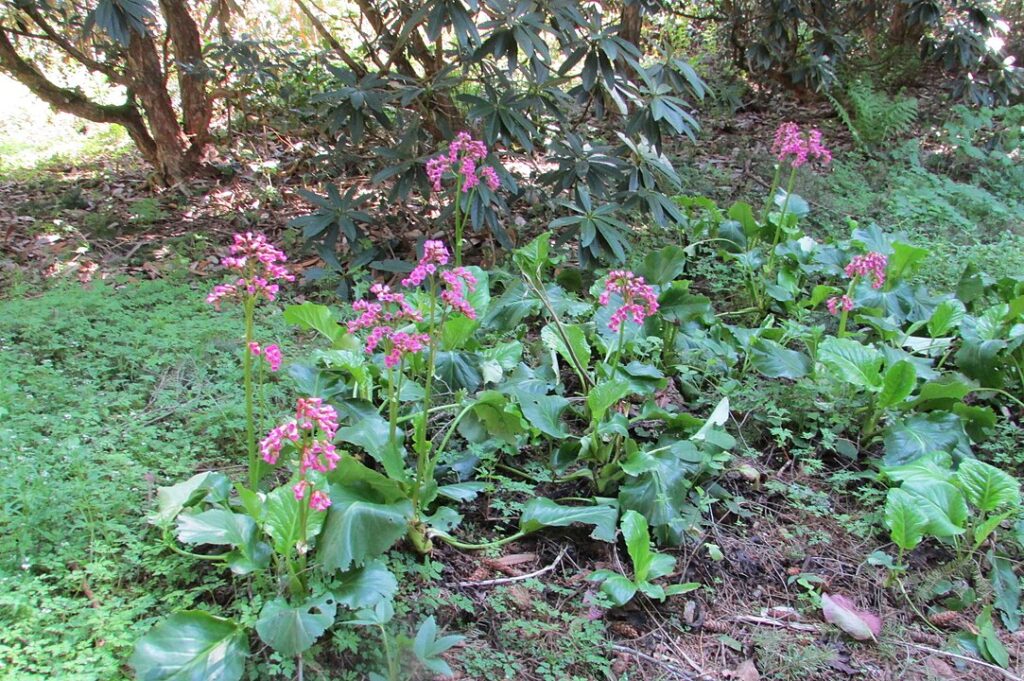
Bergenia, or elephant ears, is a perennial plant that forms dense clumps of large, leathery leaves, making it an effective ground cover for weed suppression. As it spreads, it creates a thick carpet that blocks sunlight, preventing the growth of weeds beneath it. Bergenia is particularly useful in shady areas where weeds often thrive due to the lack of sunlight. By covering the ground quickly, it not only blocks light but also competes with weeds for water and nutrients, further limiting their growth.
Bergenia’s attractive flowers in early spring add to its appeal, while its thick, evergreen foliage offers year-round weed control. It thrives in moist, well-drained soil and is a reliable, low-maintenance option for creating a weed-free garden in shady spots.
Creeping Phlox (Phlox subulata)
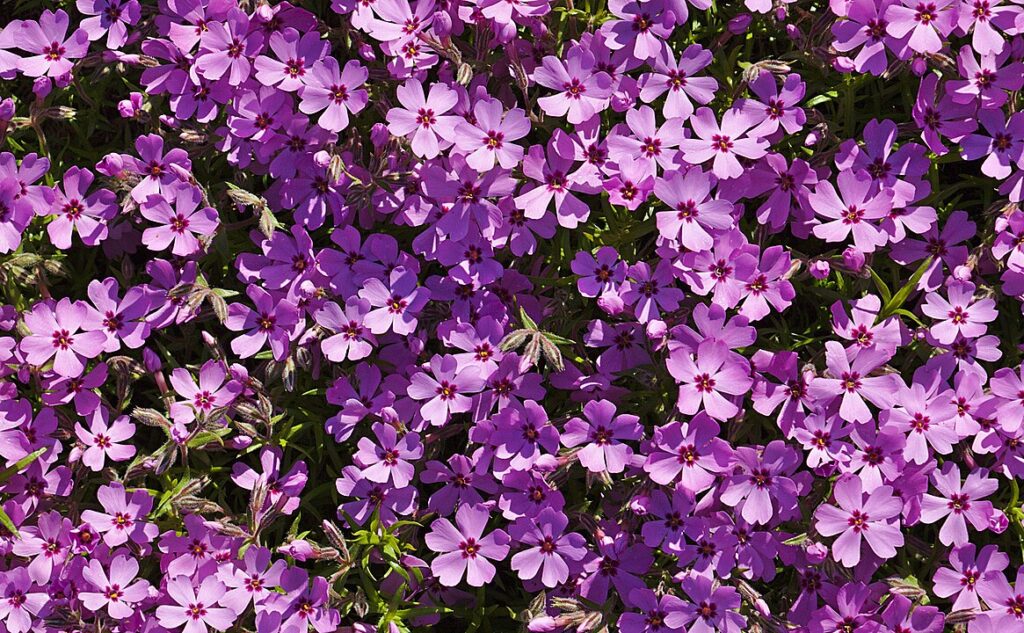
Creeping phlox is a fast-spreading ground cover that forms a dense, weed-suppressing mat of colorful flowers and vibrant foliage. As it grows, it blocks sunlight from reaching the soil, preventing weed seeds from germinating. Creeping phlox thrives in full sun and well-drained soil, making it ideal for sunny garden beds, slopes, or rock gardens. The plant’s spreading growth habit helps it compete with weeds for water, nutrients, and space, making it an effective natural weed barrier.
This perennial plant is particularly beneficial for creating a low-maintenance, weed-free ground cover in areas where other plants may struggle to thrive. Its vibrant blooms in spring and its ability to establish quickly make it a popular choice for garden borders and hanging baskets, where it can also keep weeds in check.
This article originally appeared on Avocadu.
